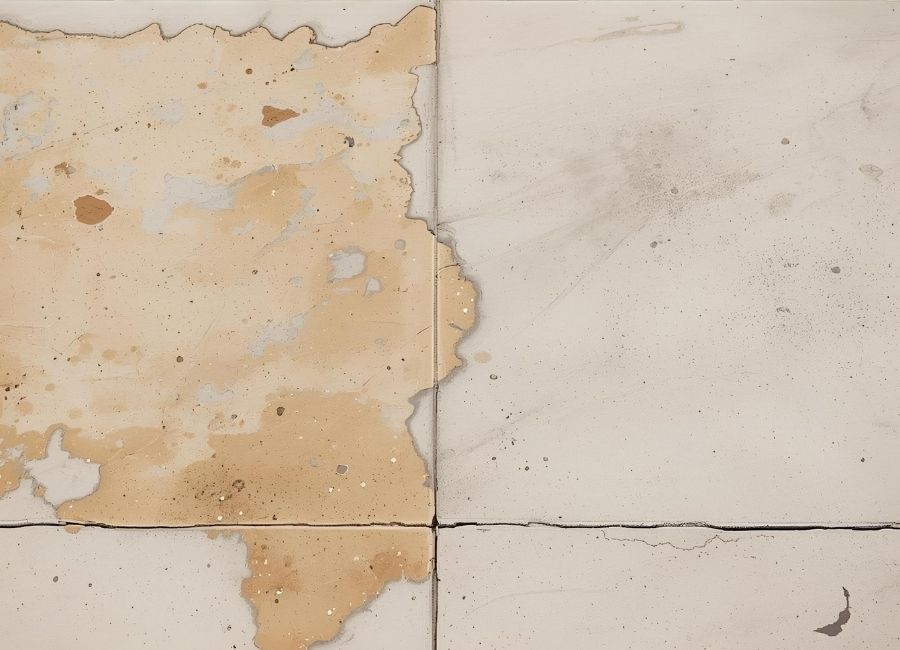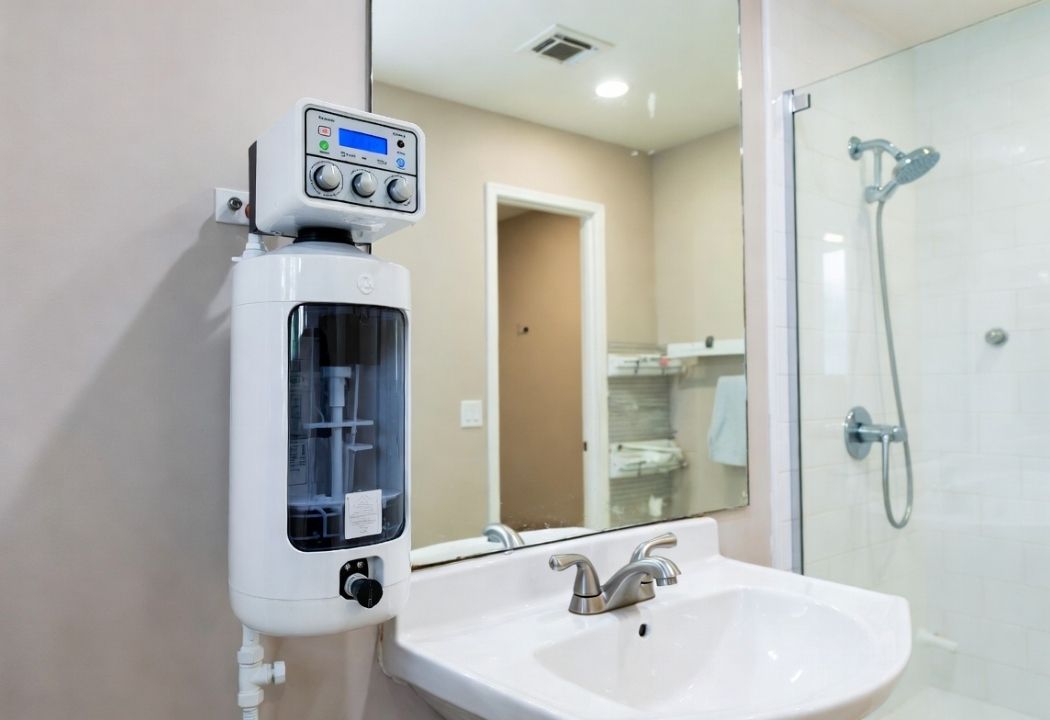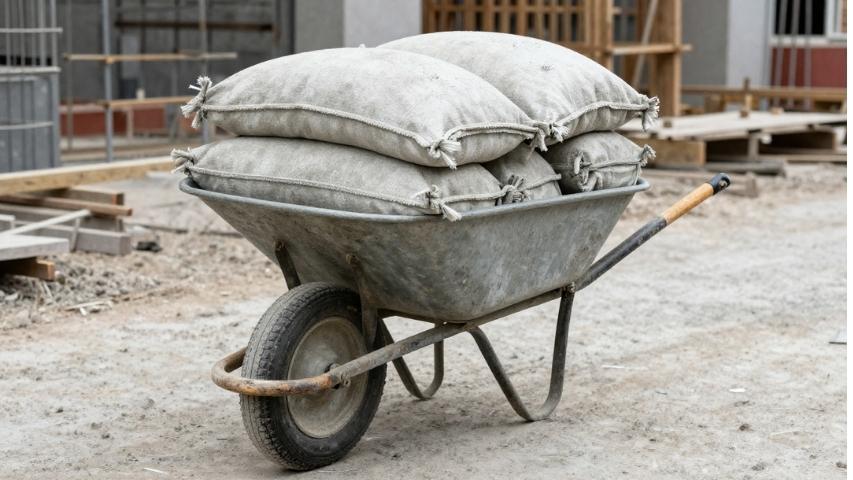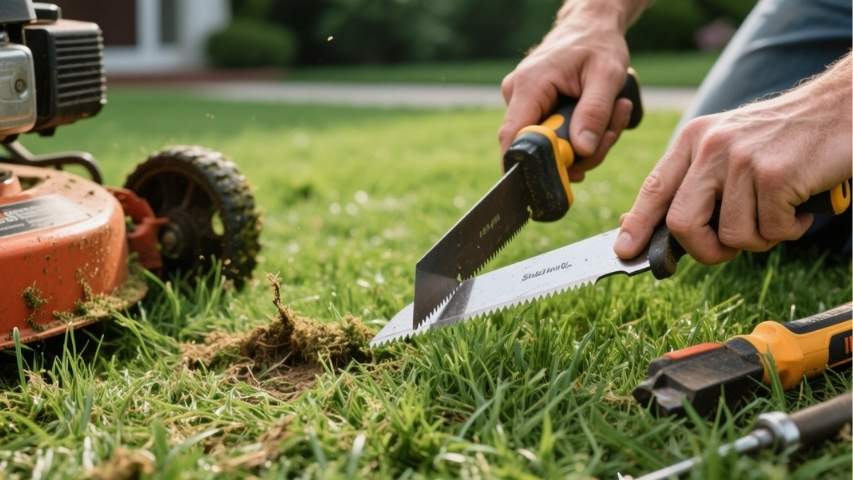Oil stains on your driveway or garage floor can feel like an eyesore that just won’t go away. Whether it’s from a leaky car or spilled motor oil from a DIY project, oil stains are one of the toughest messes to clean up. But don’t worry. With the right techniques and tools, you can get your concrete looking spotless again.
This blog will walk you through proven methods to remove oil stains from concrete, offering step-by-step instructions and some helpful prevention tips for the future.
Why Oil Stains Are Stubborn
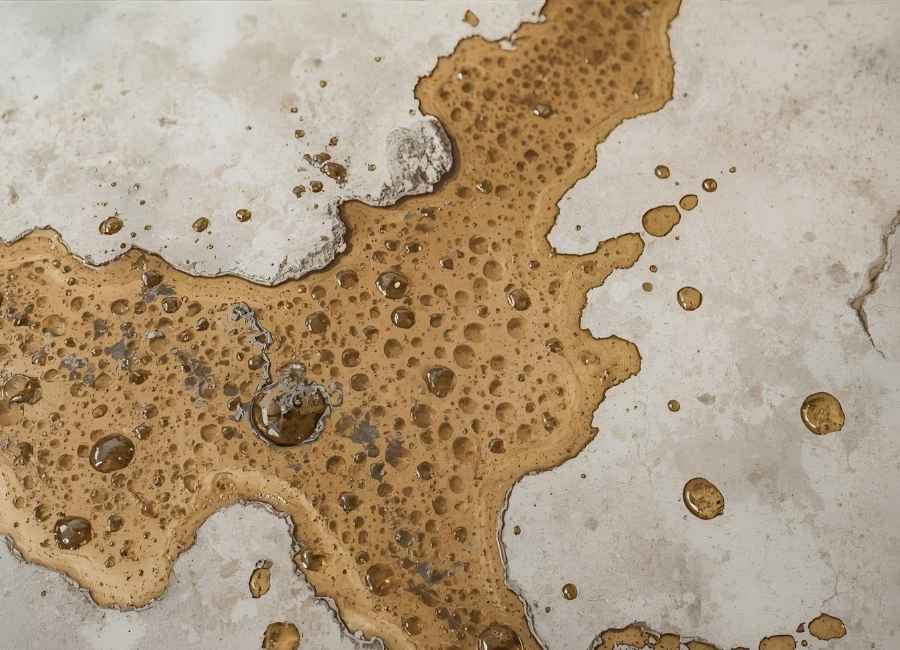
Concrete is a porous material, meaning it absorbs liquids like oil quickly. When oil seeps into the surface, it bonds with the concrete’s tiny holes, making it challenging to remove. The longer oil sits on the surface, the deeper it penetrates, which is why quick action is crucial.
If you’ve been putting off dealing with an oil stain, don’t worry. There are solutions for both fresh spills and old, set-in stains.
Tools and Supplies You’ll Need
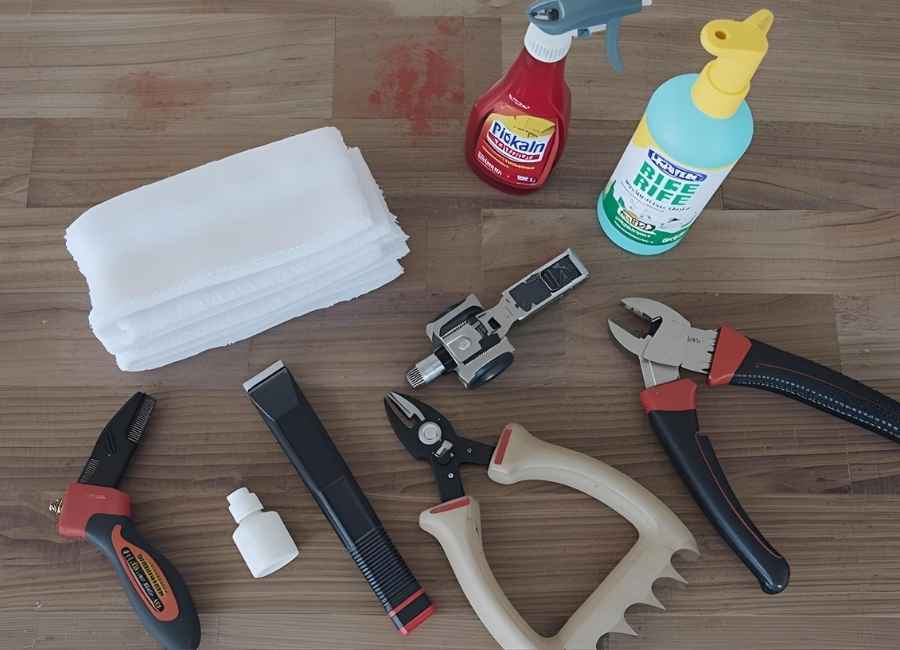
Before attempting to clean the stain, gather these common tools and materials:
- Absorbent material (like cat litter or baking soda)
- Dish soap or degreasing detergent
- A stiff-bristle scrub brush
- A pressure washer (optional, but effective)
- Commercial concrete cleaner or degreaser
- Protective gloves
Now that you’re equipped, let’s discuss the best methods for cleaning oil stains off concrete.
How to Remove Fresh Oil Stains
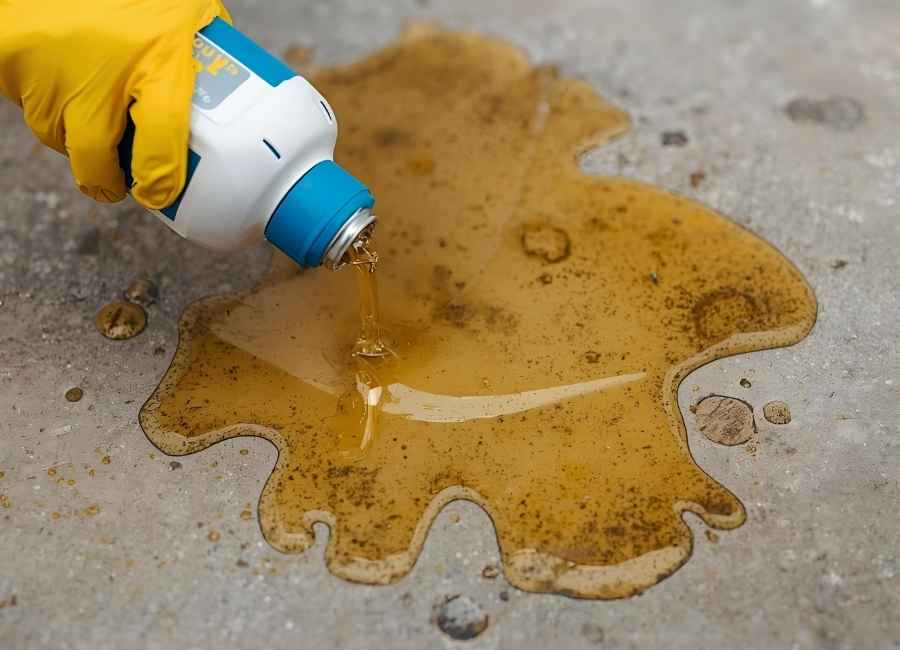
If you’ve just spilled oil, you’re in luck. Fresh oil stains are much easier to clean before they seep deep into the concrete.
1. Blot or Absorb the Spill
The first step is soaking up as much oil as possible:
- What to do: Use paper towels or an absorbent material like cat litter or sawdust to blot the surface. Avoid wiping the oil, as this can spread it further.
- Why it works: This stops additional seepage into the porous concrete surface.
2. Apply Baking Soda or Cat Litter
- Sprinkle a generous layer of baking soda or cat litter over the stain.
- Leave it for at least 30 minutes (overnight for better results).
- Sweep or vacuum up the material once it has absorbed the oil.
3. Wash with Dish Soap and Hot Water
Once most of the oil is absorbed:
- Mix dish soap with hot water to create a cleaning solution.
- Scrub the area with a stiff-bristle brush for 5–10 minutes.
- Rinse thoroughly with water.
You’ll likely see the stain lighten or disappear entirely. For stubborn remnants, proceed to the next section.
How to Remove Set-In Oil Stains
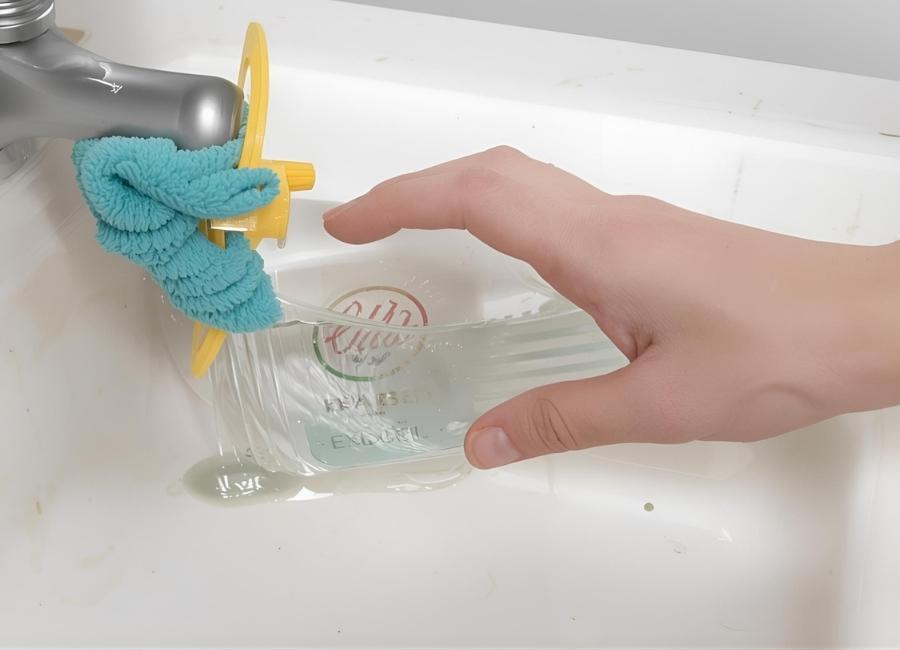
For older stains, you’ll need a bit more effort and perhaps stronger cleaning products.
1. Scrub with a Degreaser
- Step 1: Purchase a high-quality concrete degreaser or cleaner from a hardware store. These products are formulated to break down tough oil stains specifically.
- Step 2: Apply the degreaser directly onto the stain and let it sit for 15-20 minutes (or the manufacturer’s recommended time).
- Step 3: Scrub the area vigorously with a stiff-bristle brush and hot water. Rinse clean.
2. Try a Pressure Washer
- If scrubbing isn’t cutting it, a pressure washer can work wonders for lifting deep stains. Use a nozzle designed for concrete cleaning to focus the water pressure on the stain.
- Be cautious, as a high-pressure setting might damage older or more porous concrete.
3. Make a DIY Poultice for Persistent Stains
If the stain just won’t go away:
- Mix a poultice by combining baking soda or powdered laundry detergent with water to make a thick paste.
- Spread it over the stain and cover it with plastic wrap, taping down the edges to seal it.
- Leave it for at least 24 hours, then scrub and rinse thoroughly.
4. Use Specialized Cleaners
- Products like TSP (trisodium phosphate) or enzymatic cleaners are highly effective for stubborn stains and environmentally friendly. Follow the instructions carefully and ensure proper ventilation if you’re working indoors.
Preventing Future Oil Stains
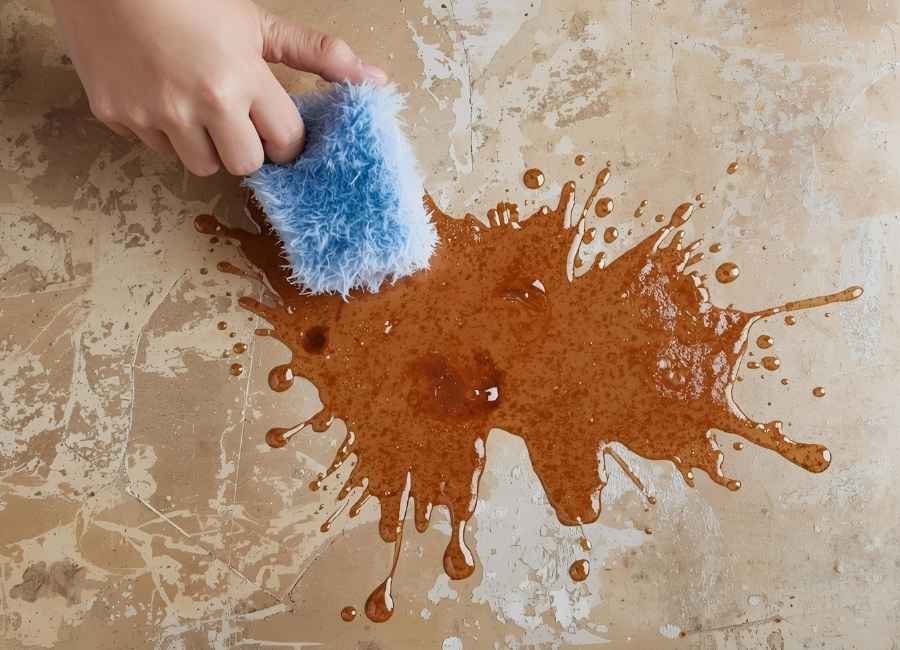
Once you’ve removed the stain, the best practice is to prevent oil stains from happening again. Here’s how:
- Use a Spill Mat or Drip Tray
Place a mat or tray under your vehicle, especially if you know it tends to leak oil.
- Seal Your Concrete Surface
Apply a concrete sealer to create a protective layer that prevents liquids from penetrating the surface.
- Clean Spills Immediately
If accidents happen, act quickly to blot the liquid and clean the area before it sets in.
When to Call a Professional
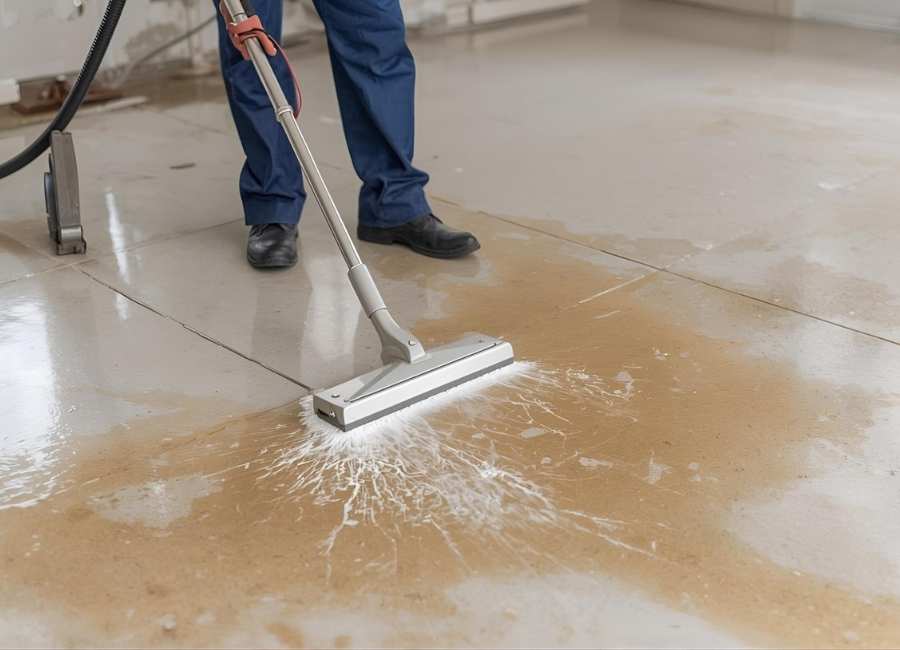
If none of these methods work, professional cleaning services may be your best option. Many companies specialize in concrete cleaning using industrial-grade equipment and solvents that can tackle even the toughest stains.
Restore the Beauty of Your Concrete
Oil stains don’t have to ruin the look of your concrete forever. With the right approach, tools, and a little bit of effort, you can erase those unsightly marks and keep your driveway or garage floor looking pristine.
Want to tackle more home improvement projects? Check out our other guides for practical, step-by-step solutions.







